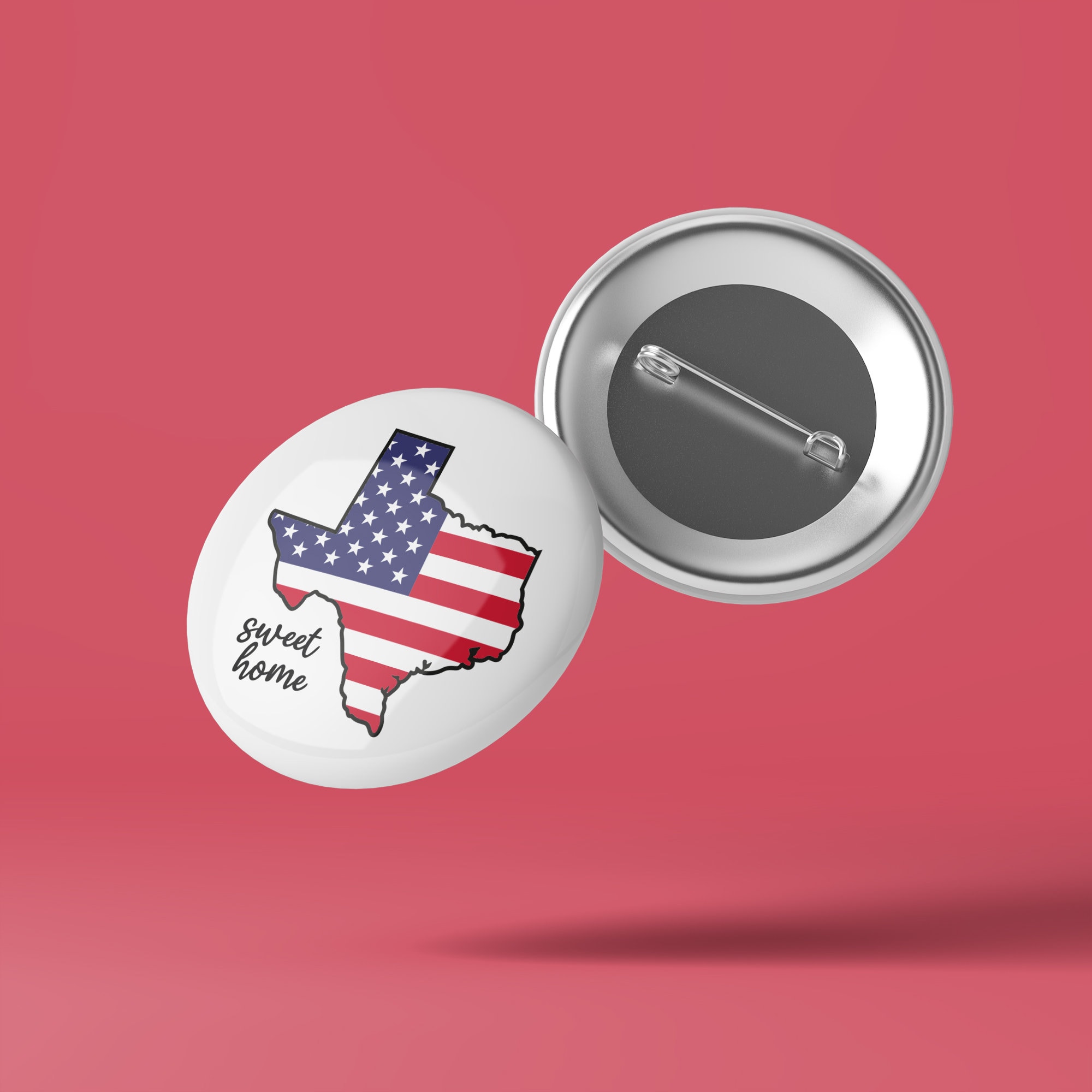Understanding Yeast Infection Discharge: A Comprehensive Guide
Yeast infections are a common concern for many individuals, particularly women. One of the most noticeable symptoms is the discharge that accompanies it. In this article, we will delve into the details of yeast infection discharge, providing a clear picture of what it entails. Our goal is to provide you with a comprehensive understanding of this condition, its symptoms, and how to manage it effectively.
Key Takeaways
- Yeast infections are caused by an overgrowth of Candida, a type of fungus.
- Common symptoms include itching, irritation, and a distinctive discharge.
- Understanding the appearance and characteristics of yeast infection discharge can aid in diagnosis.
- Proper hygiene and lifestyle changes can help prevent yeast infections.
- Consult a healthcare professional for accurate diagnosis and treatment options.
What is a Yeast Infection?
A yeast infection, medically known as candidiasis, is an overgrowth of yeast cells, particularly Candida albicans, in the body. While yeast infections can occur in various parts of the body, vaginal yeast infections are the most common. This condition affects up to 75% of women at some point in their lives.
Causes of Yeast Infections
Yeast infections can be triggered by several factors, including:
- Antibiotics: These can disrupt the natural balance of bacteria and yeast in the body.
- Hormonal Changes: Pregnancy, menstruation, and birth control pills can alter hormone levels, increasing susceptibility.
- Weakened Immune System: Conditions like HIV/AIDS or medication that suppresses the immune system can lead to infections.
- Diabetes: High blood sugar levels can promote yeast growth.
- Poor Diet: Diets high in sugar and refined carbohydrates can contribute to yeast overgrowth.
Recognizing Yeast Infection Discharge
One of the hallmark symptoms of a yeast infection is the discharge it produces. Understanding its characteristics can help in identifying a yeast infection early.
Characteristics of Yeast Infection Discharge
Yeast infection discharge is typically:
- Thick and White: Often compared to cottage cheese in consistency.
- Odorless: Unlike bacterial infections, the discharge from a yeast infection usually does not have a strong odor.
- Accompanied by Other Symptoms: Itching, redness, and irritation are common alongside the discharge.
Visual Inspection
While visual inspection can be helpful, it is not a substitute for professional medical advice. If you suspect a yeast infection, it is crucial to consult a healthcare provider for a proper diagnosis.
Diagnosis and Treatment Options

If you experience symptoms of a yeast infection, it’s important to seek medical advice. A healthcare provider can perform tests to confirm the diagnosis and recommend appropriate treatments.
Diagnosis Methods
Diagnosis typically involves:
- Physical Examination: A healthcare provider will examine the affected area.
- Microscopic Analysis: A sample of the discharge may be examined under a microscope to identify yeast cells.
- Culture Test: In some cases, the discharge may be cultured to determine the specific type of yeast causing the infection.
Treatment Options

Treatment for yeast infections can include:
- Over-the-Counter Antifungal Medications: Creams, ointments, and suppositories are available for mild infections.
- Prescription Medications: For more severe infections, oral antifungal medications may be prescribed.
- Home Remedies: Some individuals find relief using probiotics, yogurt, or tea tree oil, but these should be used with caution and under medical guidance.
Prevention Strategies
Preventing yeast infections involves maintaining a healthy balance of bacteria and yeast in the body. Here are some effective strategies:

Hygiene Practices
- Wear breathable, cotton underwear and avoid tight-fitting clothing.
- Change out of wet clothes, like swimsuits or gym attire, promptly.
- Avoid using scented feminine products, which can disrupt natural flora.
Dietary Considerations
- Limit sugar and refined carbohydrates, which can promote yeast growth.
- Incorporate probiotics into your diet to maintain healthy gut flora.
Lifestyle Adjustments
- Manage stress, as it can impact your immune system.
- Ensure proper management of chronic conditions, such as diabetes.
Understanding the characteristics of yeast infection discharge is crucial for early detection and treatment. While home remedies and over-the-counter treatments can be effective for mild cases, it is essential to consult a healthcare professional for accurate diagnosis and treatment recommendations. By maintaining good hygiene, a balanced diet, and a healthy lifestyle, you can reduce the risk of yeast infections and maintain overall well-being.
Remember, while this article provides valuable insights into yeast infection discharge, it is not a substitute for professional medical advice. If you suspect a yeast infection, seek guidance from a healthcare provider for a comprehensive evaluation and personalized treatment plan.




















